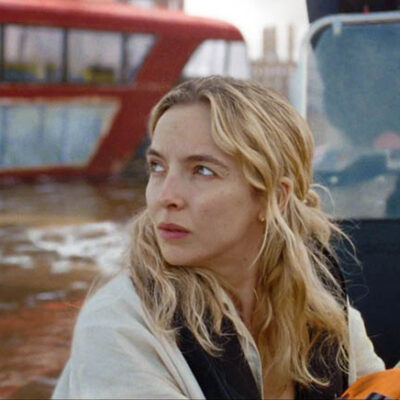How Expozure Works
Expozure, Digital Monarch Media’s suite of virtual production tools, is aimed at solving real-time problems on and off set and getting filmmakers involved in the creative cycle. Here are some of the key components of the system.
Physics and rigs: The team at DMM has several years of experience in creating physical simulations. Camera rigs, from dollys to drones, are crafted to offer the most consistent experience with their real-world counterparts, including detailed modeling of drag, friction and other forces.
Lens and camera simulation: In order to match practical shots exactly, DMM built a fully featured lens modeling component that can accurately represent any kit in production. “We know it’s important to deliver the proper framing, zoom, depth of field, and bokeh for every shot,” notes DMM co-founder Habib Zargarpour.
Takes: Time is the heart of every shot. “Our take system captures and manages every aspect of the scene at the timecode you use on stage,” explains Zargarpour. “Via its Chronos engine, it can match via synced timecode or from a genlocked source. After each take, you can immediately review, markup, or export to other tools.”
Bookmarks: Either in scouting, blocking, setup or production, it is usually necessary to mark down every component of every shot. Expozure does this by trapping everything including the lens, rig, time, actors and props. Suggests Zargarpour, “It’s your own virtual PA and grip unit, allowing you to explore and restore confidently.”
Lighting: The intention with Expozure is to light virtual scenes in the same way you would light a real set. “We provide the photographer’s tools to architect your lighting, match any spec, solve any problems, and even move them during takes,” says Zargarpour.
Logos and workflow: “From years on set, working with real-world problems,” attests Zargarpour, “we found it necessary to go beyond configuration and rapidly change tool functionality. The Logos engine is a visual logic system in Expozure that defines the core behaviors of our systems, allowing them to adapt to the workflows necessary to your production.”
Hermes: This system is the collaborative networking environment designed to allow multiple users, machines, operating systems and tools to work together in real-time.
Cyclopz: A virtual camera solution that allows one or more users to engage with instances of Expozure through either purpose-built tracking hardware, tablets or phones. “It is designed to allow the most control with the least motion to the camera operator’s hand and serves as a staple of our workflow,” states Zargarpour.
























